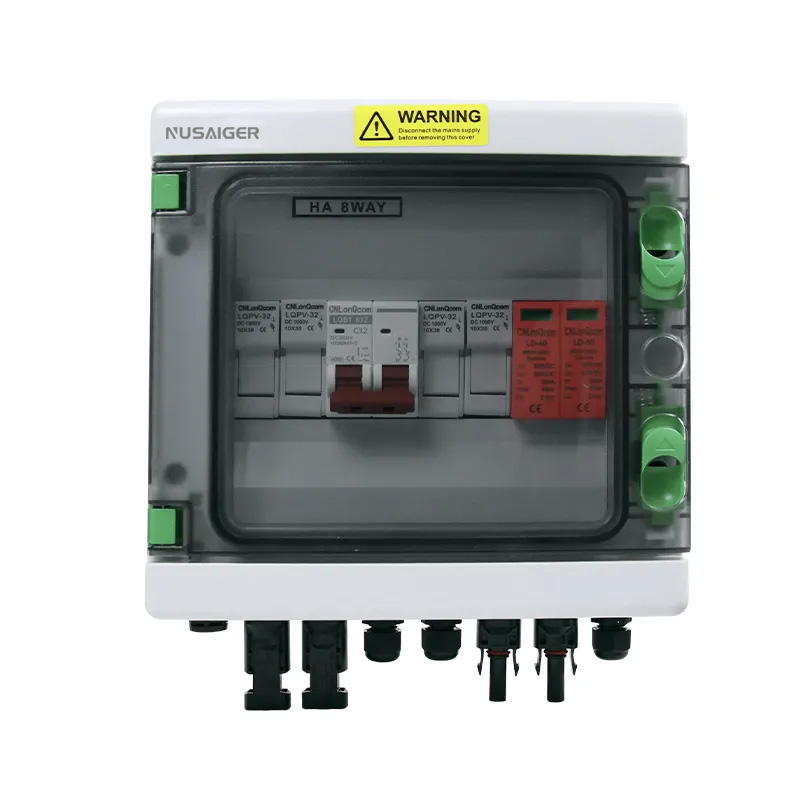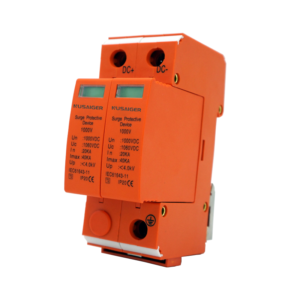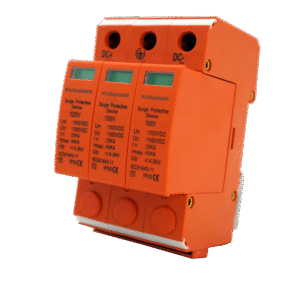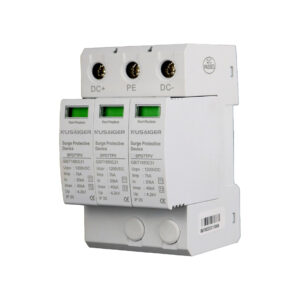Introduction
As solar installations grow larger and smarter, so do their components. Smart PV combiner boxes provide advanced monitoring and diagnostics—but are they worth the extra cost?
What is a Smart Combiner Box? A smart combiner box includes built-in sensors, communication modules, and microcontrollers to provide real-time data on each string’s performance.
Main Features
Current and voltage monitoring
Insulation resistance detection
SPD and breaker status feedback
Temperature sensors
RS485/Modbus/CAN communication
Advantages
Faster fault detection (e.g., string mismatch, ground faults)
Remote monitoring reduces O&M cost
Improves safety and system uptime
Considerations
Higher upfront cost
Requires integration with monitoring platform
Needs periodic firmware updates
Use Cases
Utility-scale solar farms
Commercial rooftops
Projects with remote or difficult access
Conclusion
Smart combiner boxes are ideal for large-scale or critical systems where monitoring, uptime, and remote diagnostics matter. For smaller residential systems, a basic box may suffice.



